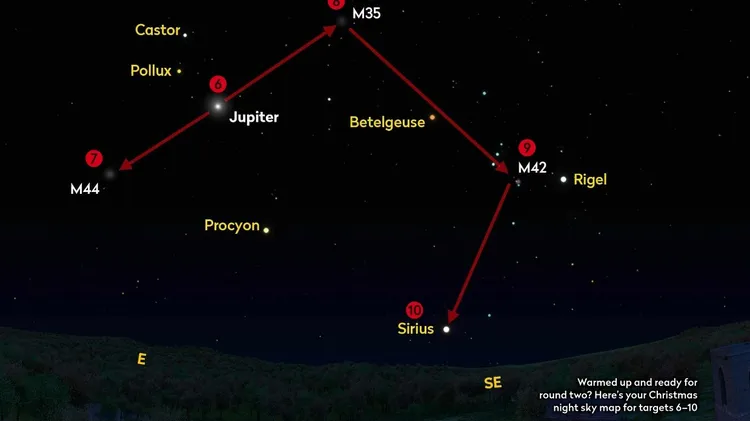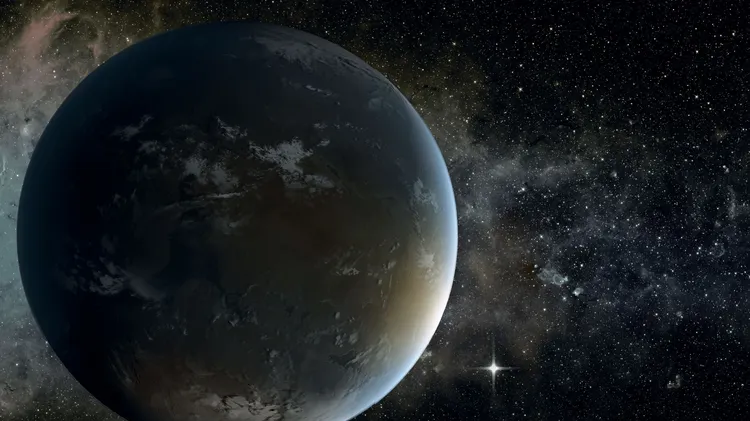Grab your binos to see a dark fish, a cooling tower and Orion��
Binocular tour with steve tonkin
1 min read
This article is from...
Read this article and 8000+ more magazines and newspapers on Readly






